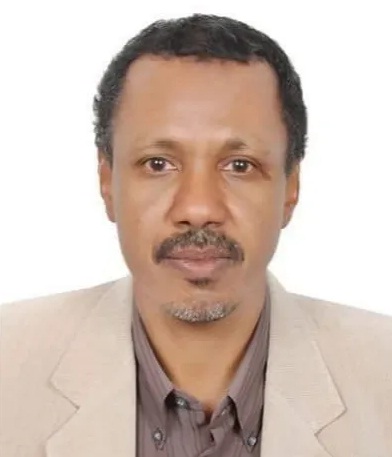Currency Replacement or Change: Analysis of Numbers, Statistics, and Options

By Dr. Ibrahim Al-Siddiq Ali
It’s essential to review the details, numbers, and redefine some concepts when discussing currency replacement or introducing new denominations. Although the matter is significant, the recent steps taken seem more like currency replacement—that is, replacing currency withdrawn from circulation due to its unfit condition, or to balance denomination distribution. In my view, this measure was also intended to replace currency that was siphoned out of the banks and smuggled out of the country with new notes, providing a security boost and restoring economic balance. This was a necessary and correct move, although opinions differ on some specific arrangements and minor considerations.
There are a few important points to consider:
First: Sudan has a longstanding legacy of managing its national currency changes, as this is a sovereign matter handled by specialized agencies rather than individuals. Sudan’s first currency printing facility opened in 1961, followed by a full currency printing plant in 1992. Therefore, currency management in Sudan involves multiple internal and external, economic, technical, and security considerations.
Second: This is a complex technical and procedural process beyond mere economics, requiring thorough balances, assessments, and analysis. For example, currency denominations are typically distributed with around 12% for high-value notes, 8% for low-value notes, and 40% for medium denominations—in this case, the 100-pound note. However, rapid inflation has rendered denominations like the 100-pound and 50-pound notes almost obsolete, while the 1,000-pound and 500-pound notes are now the primary units in circulation and a store of value, especially for those depositing large sums in safes.
Third: Dr. Abdullah Hamdok’s government, under finance ministers Dr. Ibrahim Badawi and later Dr. Jibril Ibrahim, adopted an unplanned economic liberalization policy based on external promises, without securing genuine financial support. Consequently, they opted to print large amounts of currency. By early 2019, the money supply was 402 billion Sudanese pounds, rising to 1.302 trillion by 2020, and 3.29 trillion by 2021, according to Sudan’s Central Bank. This unprecedented inflation led to skyrocketing prices, with inflation jumping from double digits (17%) to over 300%, making Sudan one of the top three countries globally for inflation—an indication of excessive liquidity in the market.
Fourth: This excess liquidity negatively affected financial inclusion, discouraging savings, bank account openings, and the adoption of tech applications, with fundamental issues in these areas largely ignored.
Has the Currency Replacement Achieved its Goals?
There has been criticism, some of which is reasonable. However, saying that it has not and will not make an impact is an overstatement. Much of this criticism stems from the idea that currency replacement aims solely at combating counterfeiting, which the Central Bank of Sudan emphasized. However, they overlooked another important aspect—centralizing the control of cash flow within the Central Bank and commercial banks after significant disruptions caused by theft and smuggling. Currently, the cash supply is concentrated in specific parts of Sudan and neighboring countries, and the new currency’s introduction should draw these funds back into formal circulation.
There are certainly areas for improvement, including:
1. Announcing the termination of the old denominations sooner, which could still be remedied with a short-term notice.
2. Tying large currency exchanges to clear and documented income sources.
3. Emphasizing financial inclusion, technological applications, and policies around cash alternatives.
In the short term, this decision might cause some market disruptions, pushing people to buy crops or movable assets quickly. Since real estate may be impractical, foreign currencies might become the next focus.
In the long run, having the cash supply controlled by the Central Bank and the ability to print currency could provide the Ministry of Finance with a steady cash flow for financing and guiding policies.
May God protect our country and people.



